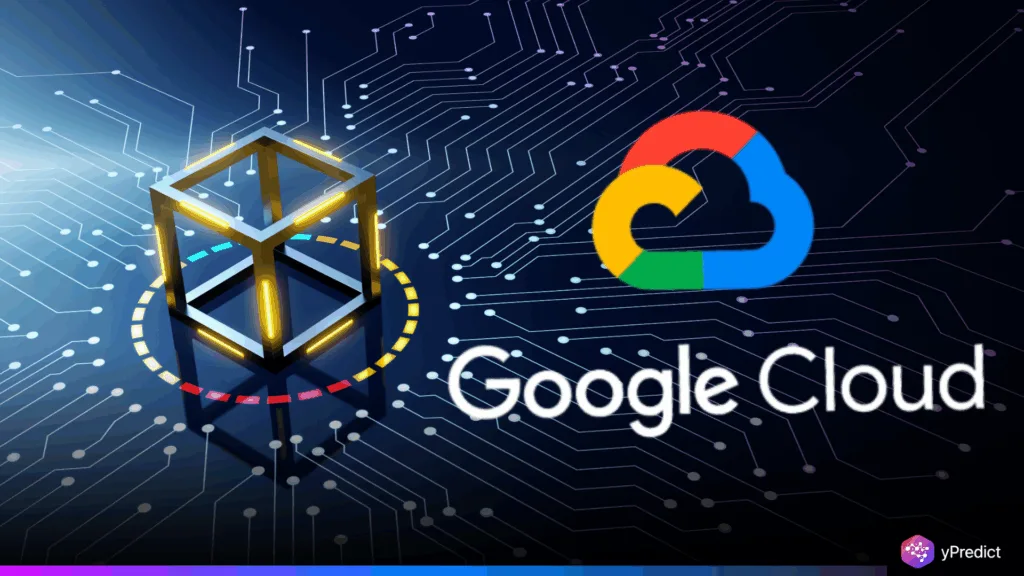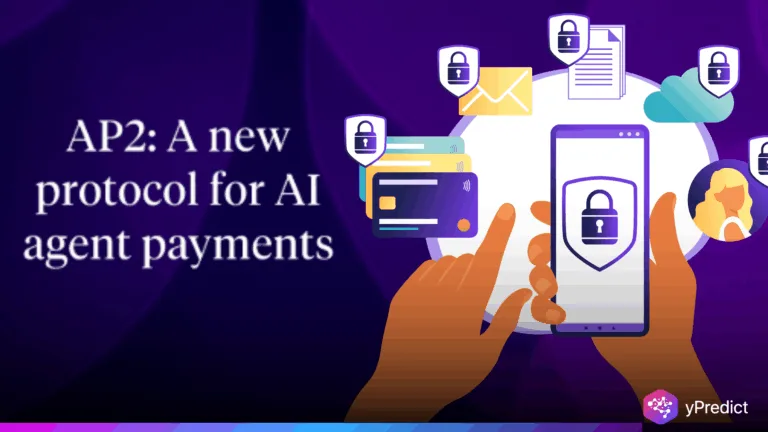
Google Cloud has made a bold entry into the blockchain market with the launch of the Google Cloud Universal Ledger (GCUL) on August 27, 2025. The Layer-1 blockchain is designed for the digital payments sector, concentrating on tokenization and wholesale transactions. With this almost upside-down fork of blockchain technology Google is signaling they are serious about their longterm commitment to decentralized technology and are not afraid to take on existing blockchain definitions in the process.
GCUL Targets Digital Payment Innovation
The introduction of GCUL signals Google Cloud’s strategy to redefine how digital payments function in enterprise and financial ecosystems. Unlike traditional blockchain networks, GCUL uses smart contracts written in Python. This choice will appeal to enterprise programmers that already use Python and make blockchain development easier than Solidity or Rust based ecosystems.
Google Cloud is also marketing GCUL as an enterprise-first blockchain solution. The goal is to lower the barriers that normally prevent appropriate adoption for similar systems in the real world. The pilot program will focus on tokenization and wholesale transactions which are both key use cases for an enterprise grade blockchain implementation.
A Direct Challenge to Existing Blockchain Ecosystems
By choosing Python as the basis for GCUL’s smart contracts, Google Cloud is fundamentally challenging the dominance of Solidity and Rust, which power giants like Ethereum and Solana today. This is a clear sign that Google does not want to just participate in the game, but rather change the game for decentralized application development.
The company had already indicated it was serious about building infrastructure around decentralized systems through its investment of blockchain nodes on Ethereum and Bitcoin since 2021. With the launch of GCUL, Google Cloud can now enter the blockchain conversation and offer to compete with established ecosystems that have dominated the blockchain space for many years.
Financial System Integration Gains Momentum
The launch of GCUL comes as a result of global engagement and discussion regarding blockchain being integrated into the financial system. The U.S. Commerce Department has been exploring using blockchain for tracking economic data, among other things, which suggests a larger government interest in exploring decentralized models. In addition, with digital payments starting to influence many aspects of modern economies, it appears by design that Google Cloud picked this moment to capitalize on demand for blockchain-based solutions that are secure and scalable.
This relationship between big business innovation with government exploration has created a habitat for blockchain-level adoption. However, questions remain over whether GCUL can deliver performance under the high-volume conditions that global payment systems demand. Scalability, often the Achilles’ heel of blockchain systems, will be a critical test for Google Cloud’s latest initiative.
Skepticism and the Road Ahead for GCUL
Although GCUL has generated much enthusiasm within the blockchain sector, crippling skepticism still exists. There is often a fine line between optimism and the trials of real-world operating technology. While it is still early, Google Cloud is making waves for blockchain developments to broaden. It has significant resources and infrastructure to push GCUL forward while it manages several challenges, including scalability, adoption, and regulatory alignment. GCUL benefits from Google’s global reach and recognized brand as a facilitator of cloud services that can virtually promote blockchain adoption in virtually any industry.
Doubtlessly, whether GCUL achieves any level of success will likely be contingent on its ability to offset innovative digital promises with performance reliability. If Google Cloud can provide capacity to scale, and prove its blockchain-based solution can meet the payments needs of the world – regardless of geography, GCUL could easily transform into one of the most influential business platforms in the decentralized finance era.






